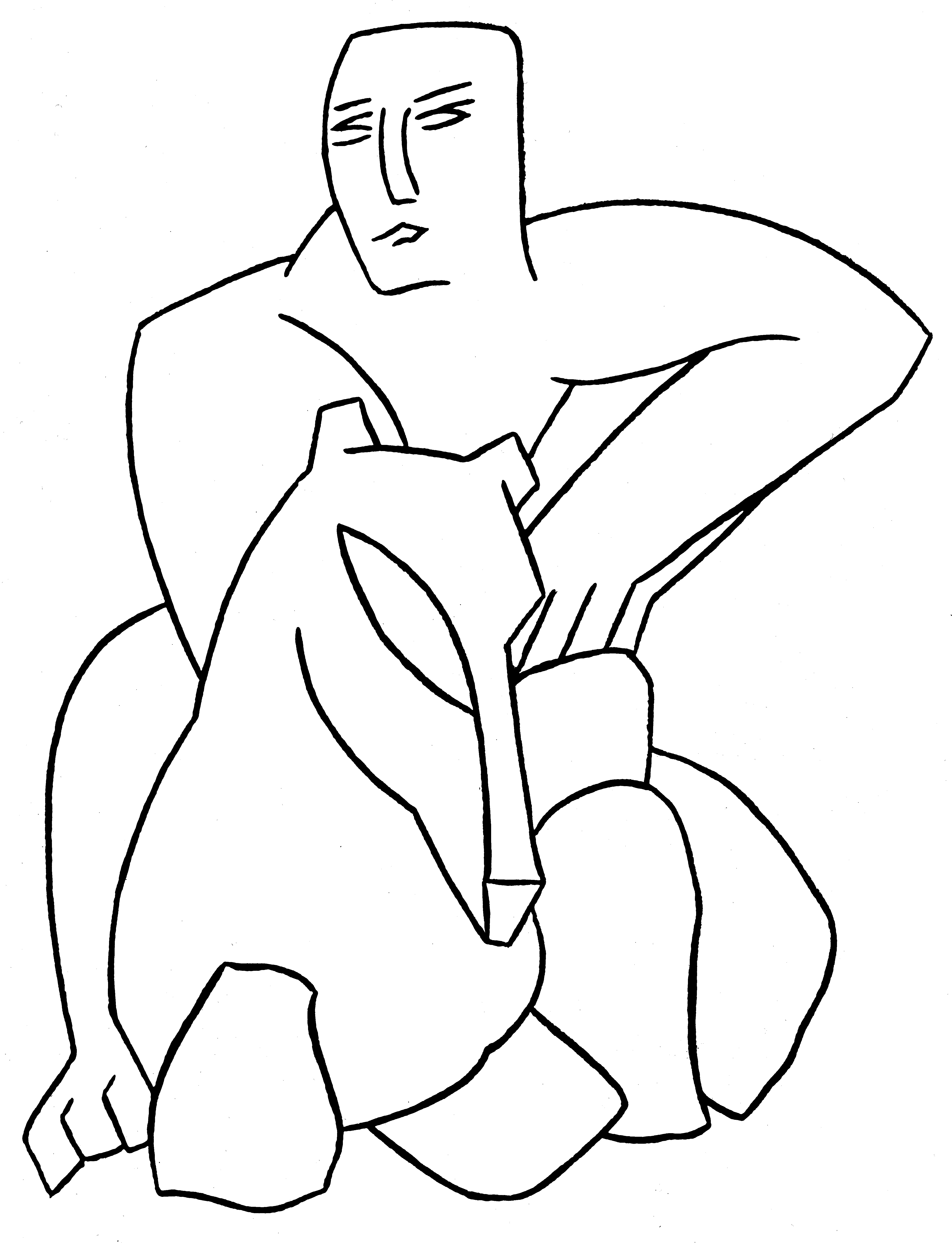
The Blue Flowers
21 September 2018
Territory Rights — Worldwide excluding Canada and the British Commonwealth.

Description
A romp through the ages, by a writer “who inspires newsletters, fan clubs, and passionate exegeses” (Michael Dirda, The Washington Post)
The Blue Flowers follows two unlikely characters: Cidrolin, who alternates between drinking and napping on a barge parked along the Seine in the 1960s, and the Duke d’Auge as he rages through history—about 700 years of it—refusing to crusade, clobbering his king with a cannon, and dabbling in alchemy. But is it just a coincidence that the Duke appears only when Cidrolin is dozing? And vice versa? As Raymond Queneau explains: “There is an old Chinese saying: ‘I dream that I am a butterfly and pray there is a butterfly dreaming he is me.’ The same can be said of the characters in this novel—those who live in the past dream of those who live in the modern era—and those who live in the modern era dream of those who live in the past.” Channeling Villon and Céline, Queneau attempts to bring the language of the French streets into common literary usage, and his mad wordplays, puns, bawdy jokes, and anachronistic wackiness have been kept amazingly and glitteringly intact by the incomparable translator Barbara Wright.
Reviews
"Raymond Queneau's The Blue Flowers: one of the weirdest and wildest rides in literature. With as much colloquial language as Joyce and Pound, as much bawdy humor as Shakespeare and Chaucer, and as much puzzle-like wordplay as any of his fellow Oulipo brethren, Queneau gives us an idiosyncratic masterpiece to enjoy, to study, to wrestle with for the ages."
— Tyler Malone, Literary Hub
"Queneau’s role of combined scientist and pataphysician makes him seem more clearly than ever the forerunner of those other disintegrators of language: Ionesco and Beckett." — The New York Times
"When it came to the novel, Raymond Queneau imagined a kind that would advance along strict compositional lines, like poetry or architecture, yet upset all expectation. Take The Blue Flowers, published in 1973 and now happily reissued by New Directions."
— The New Yorker
"In our century Queneau is a unique example of a wise and intelligent writer, who always goes against the grain of the dominant tendencies of his age and of French culture in particular—and he combines this with an endless need to invent and test possibilities. The Blue Flowers makes fun of history, denying its progress and reducing it to the substance of daily existence."
— Italo Calvino
Also By: Raymond Queneau 

Raymond Queneau, Barbara Wright
Paperback, 2013
A new edition of a French modernist classic - a Parisian scene told ninety-nine different ways - with new material written in homage by the likes of Jonathan Lethem, Rivka Galchen, and many more.

Raymond Queneau, Barbara Wright
E Book, 2013
A new edition of a French modernist classic - a Parisian scene told ninety-nine different ways - with new material written in homage by the likes of Jonathan Lethem, Rivka Galchen, and many more.
Also By: Barbara Wright 

Raymond Queneau, Barbara Wright
Paperback, 2013
A new edition of a French modernist classic - a Parisian scene told ninety-nine different ways - with new material written in homage by the likes of Jonathan Lethem, Rivka Galchen, and many more.

Raymond Queneau, Barbara Wright
E Book, 2013
A new edition of a French modernist classic - a Parisian scene told ninety-nine different ways - with new material written in homage by the likes of Jonathan Lethem, Rivka Galchen, and many more.






